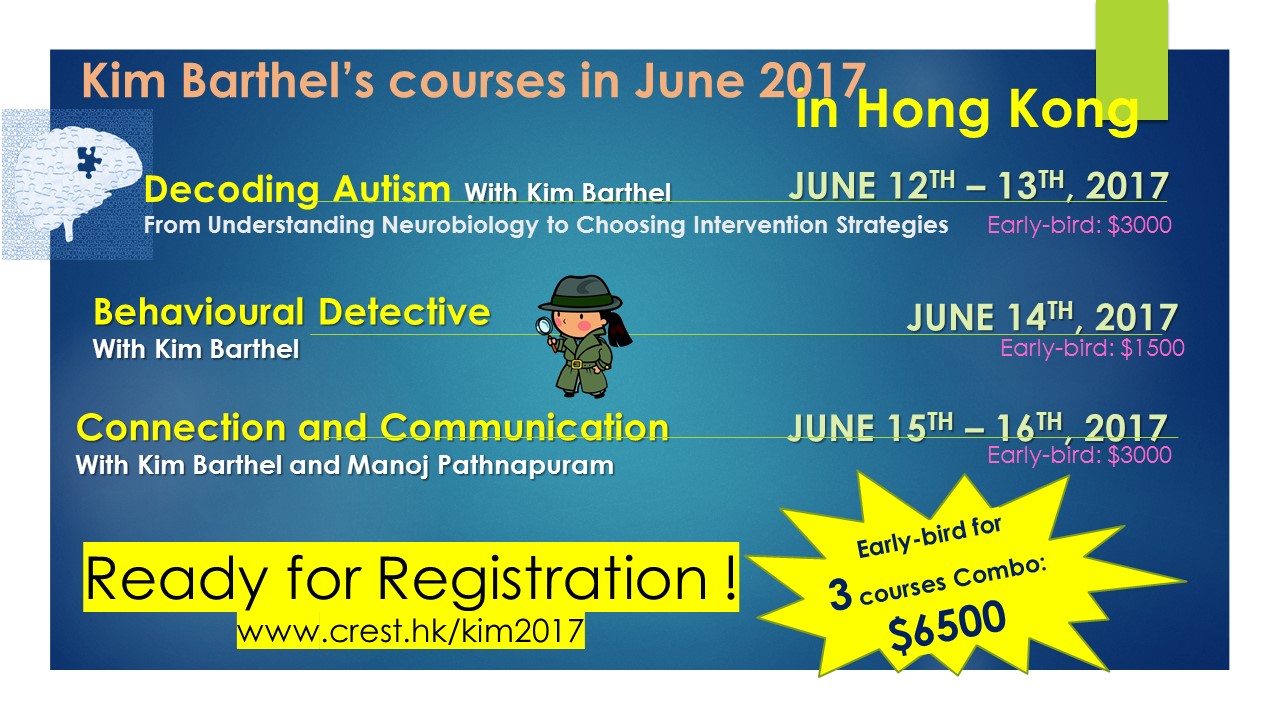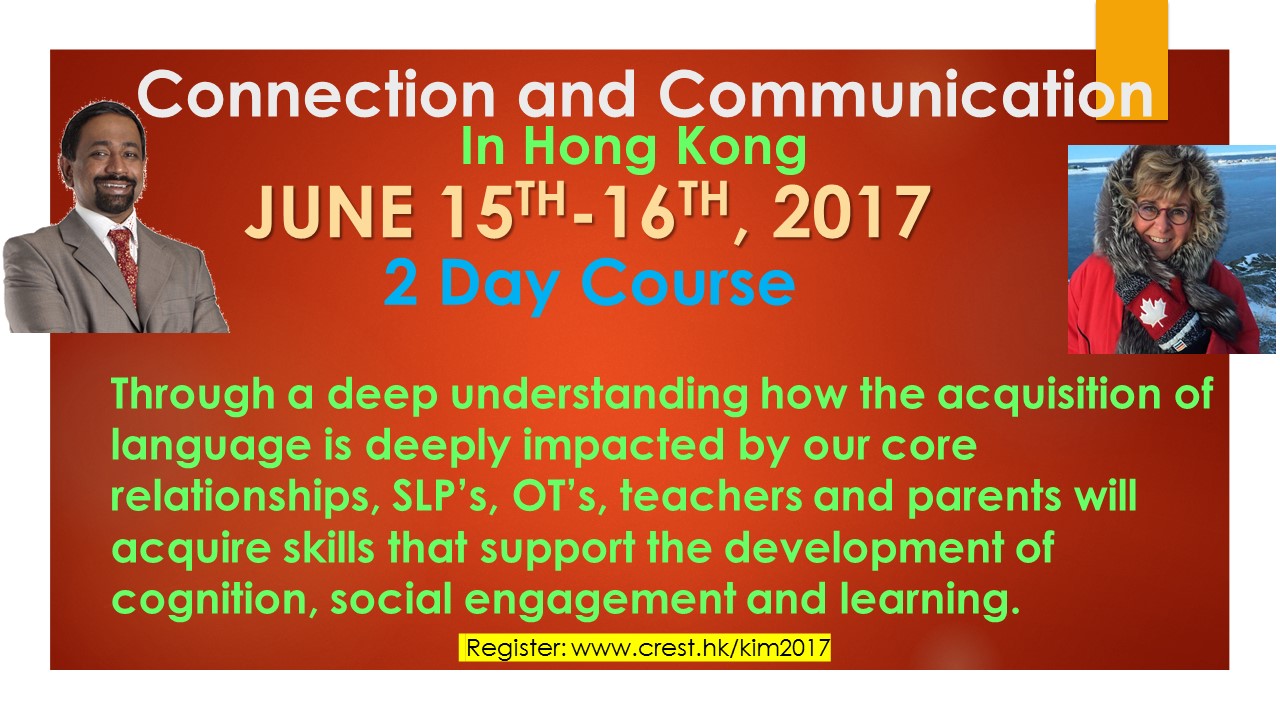April 9, 2017
Connection and Communication
By Kimberly Barthel
When a parent and child first meet at birth, the development of communication begins. Every smile, every coo and every squirm that a baby makes has a non-verbal message that tunes a parent into the needs of their child. Likewise, every gesture, sound and facial expression that a parent makes also sends a message. These simple back and forth signals develop into patterns, and this sets the stage for emotional and language development that profoundly impacts relationships and learning throughout our child’s life.
Until recently, we didn’t
know that communication and attachment were intimately connected and that their development relies upon a parent’s capacity to read their child’s signals and respond in a way that is aligned with their child’s needs. When these interactions are smooth and consistent, a child feels safe and regulated within themselves. This is what is called co-regulation; where the parent “teaches” the child in moments of connection and then soothes the child during moments of distress. When these serve and return signals are out of sync, a child can escalate in their distress or check out from the experience being too stressful. These out of sync interactions shape the child’s brain to become tuned into danger and stress, leaving the child pervasively anxious and dys-regulated. When a parent is able to “put their mind in the mind of their child”, however, the communication has relevance and purpose, and the child feels received and understood.
In our clinical practice, Manoj and I work with children who have developmental disabilities or children with emotional trauma. For both of us, emotional regulation and communication can be challenges that our clients experience. Combining an understanding of language development together with the skills of attuned attachment has helped us tremendously – myself as an OT and Manoj as a SLP – to support our clients with the development of both their communication skills and their behavioural management skills. We look forward to sharing our combined experiences with parents and professionals alike to deepen your skills in helping to develop language and regulation, and to help enrich relationships for all involved.
To understand in more details, register at: https://www.crest.hk/kim2017






